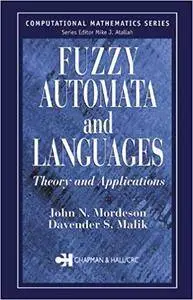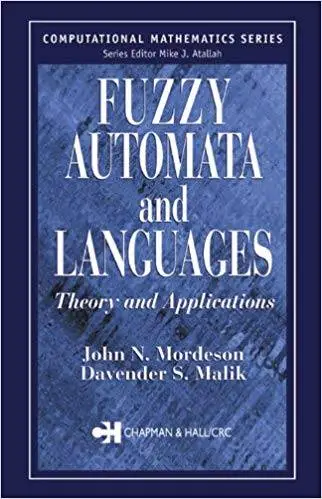John N. Mordeson, Davender S. Malik, "Fuzzy Automata and Languages: Theory and Applications"
2002 | pages: 552 | ISBN: 1584882255 | DJVU | 3,8 mb
2002 | pages: 552 | ISBN: 1584882255 | DJVU | 3,8 mb
The huge number and broad range of the existing and potential applications of fuzzy logic have precipitated a veritable avalanche of books published on the subject. Most, however, focus on particular areas of application. Many do no more than scratch the surface of the theory that holds the power and promise of fuzzy logic.
Fuzzy Automata and Languages: Theory and Applications offers the first in-depth treatment of the theory and mathematics of fuzzy automata and fuzzy languages. After introducing background material, the authors study max-min machines and max-product machines, developing their respective algebras and exploring properties such as equivalences, homomorphisms, irreducibility, and minimality. The focus then turns to fuzzy context-free grammars and languages, with special attention to trees, fuzzy dendrolanguage generating systems, and normal forms. A treatment of algebraic fuzzy automata theory follows, along with additional results on fuzzy languages, minimization of fuzzy automata, and recognition of fuzzy languages. Although the book is theoretical in nature, the authors also discuss applications in a variety of fields, including databases, medicine, learning systems, and pattern recognition.
Much of the information on fuzzy languages is new and never before presented in book form. Fuzzy Automata and Languages incorporates virtually all of the important material published thus far. It stands alone as a complete reference on the subject and belongs on the shelves of anyone interested in fuzzy mathematics or its applications.
My Link



